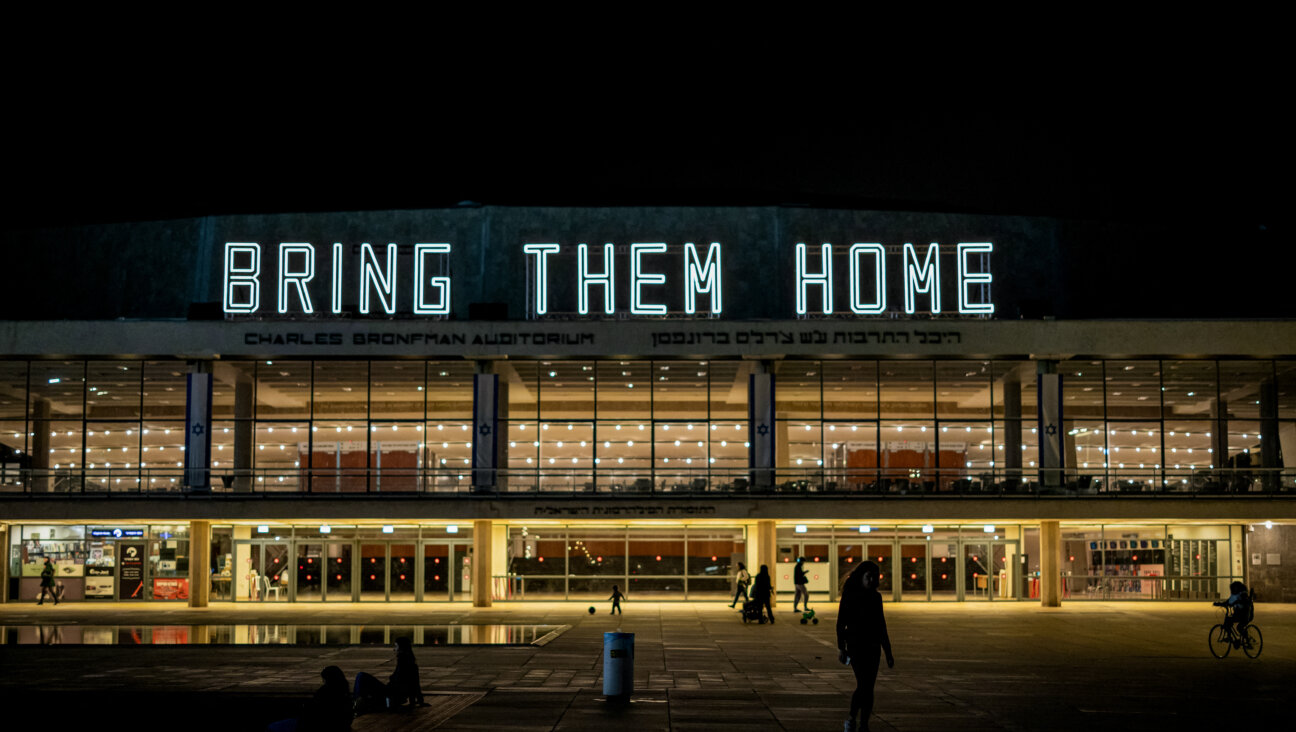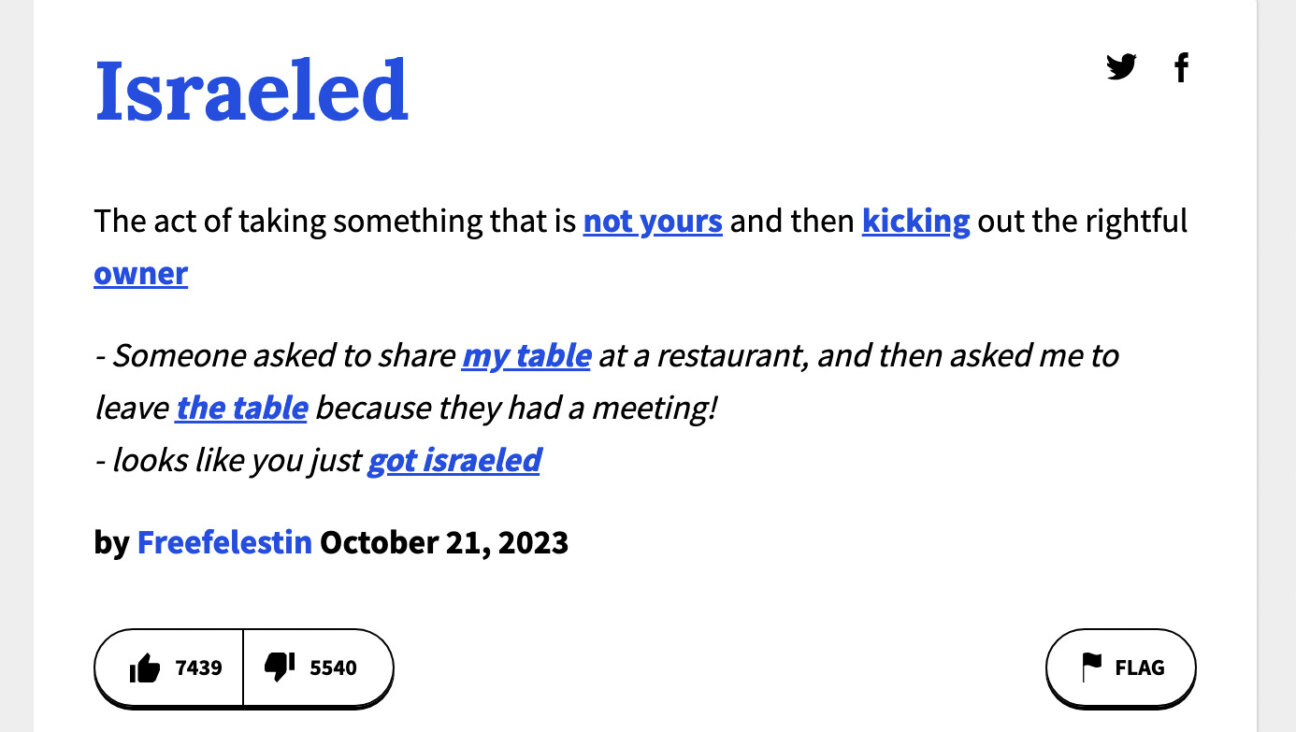I’m not Hasidic, but an afternoon in Williamsburg deepened my appreciation of Sukkot
A serendipitous visit to a fair during the holiday gave me a window into Hasidic life that challenged my preconceptions
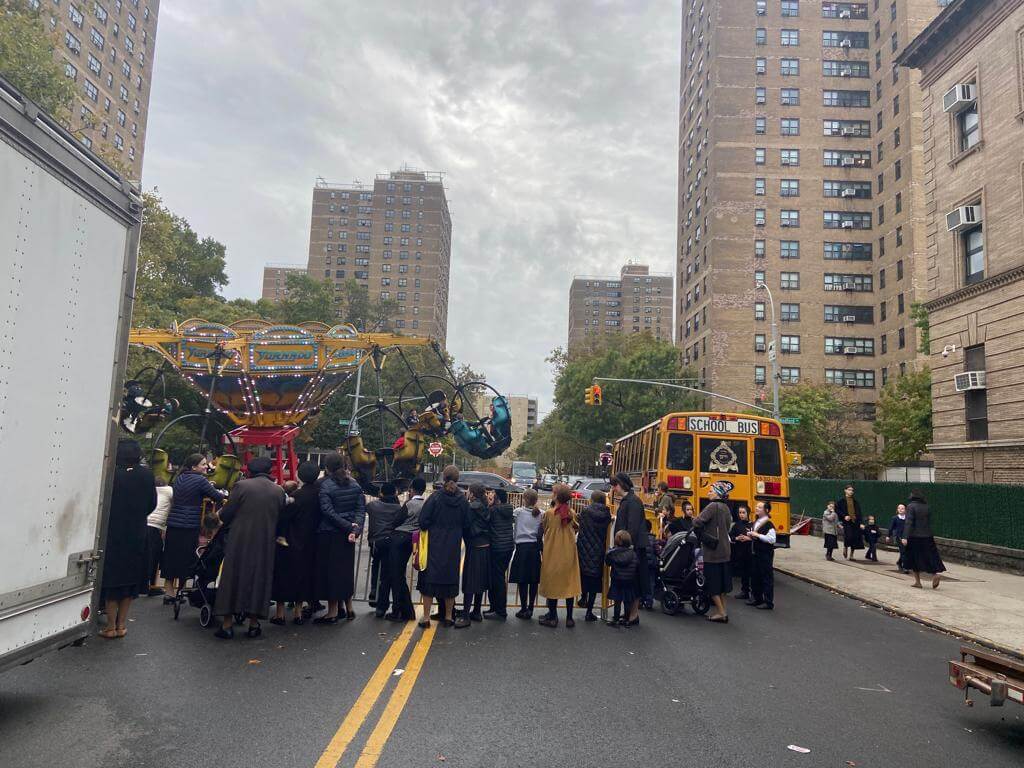
A Sukkot fair in Williamsburg, Brooklyn, on Oct. 13, 2022. Photo by Rina Shamilov
I’ve always loved dancing in the rain, which is why Sukkot is one of my favorite holidays. I don’t think I’ve ever experienced a clear-skied Sukkot. So on Thursday, as the raindrops began pooling on my windowsill, I took a drive through Brooklyn, looking for a place to dance, or maybe just to appreciate the fall showers. I eventually found myself in Williamsburg, a hub of Hasidic Jewish life.
Even as the rain poured down, one blocked-off street was vibrant and alive. Families and their children crowded into a makeshift fair, complete with rides and food stands. Mothers dressed in colorful clothes, in seeming defiance of the gray of the sky, and chattered in Yiddish. It reminded me of what I love about Sukkot, how it embodies the spirit of community and family. But the scene also shocked me — for its diversity.
Because I am not Hasidic, I initially felt a bit out of place. I had envisioned the Hasidic community, thanks to their depiction in popular media, as insular and unwelcoming. But I did not feel like an outsider at the fair. I felt invited.
And I was hardly the only non-Hasidic person enjoying the festivities. African American and Hispanic children — none wearing Hasidic garb — also found Sukkot joy in the afternoon rain. They raced toward the rides, laughing together as parents cheerily waved them on, pleased to have found a fun after-school diversion.
The scene felt serene and meaningful. People enjoyed themselves in the moment. When I asked a young Hasidic mother about Sukkot, she remarked that Chol Hamoed, the intermediate days of the seven-day holiday, was important because it meant she got to spend quality time with her entire family. She said what I was thinking, that everyone seemed welcome, not just Jews. The two of us stood there for a moment, smiling together.
While one woman implied that the African American and Latino children were “taking advantage” of the fair’s openness, her view did not seem to be held by many.
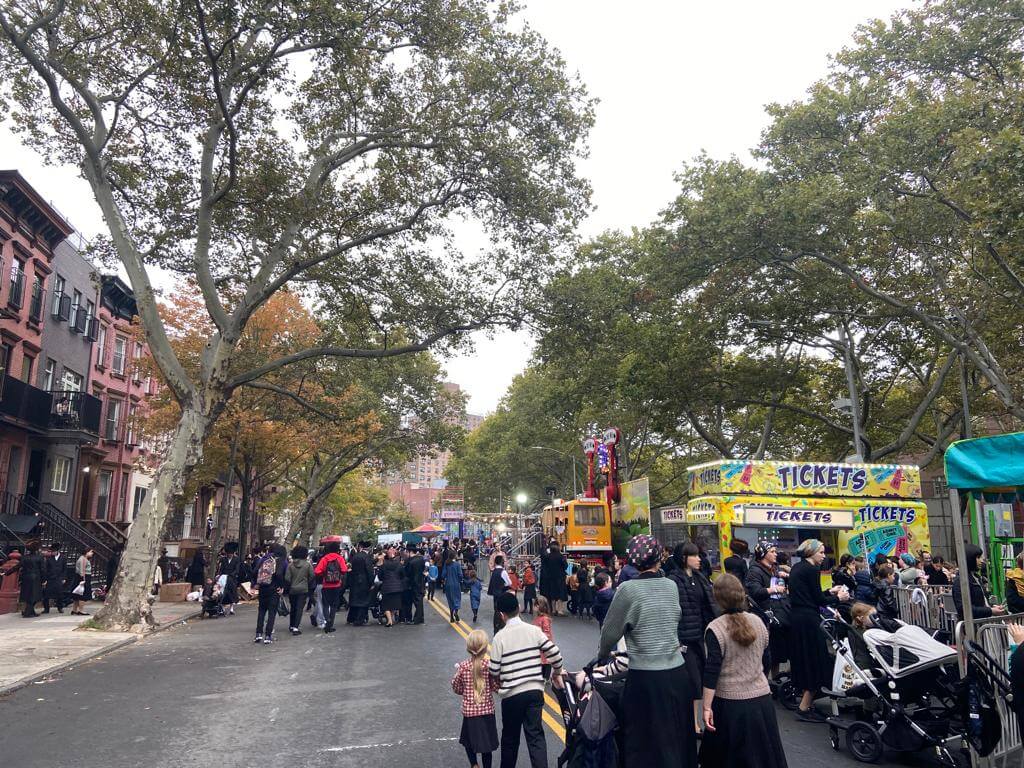
I still cherish Sukkot, but after my visit to Williamsburg, even more deeply than before. I did not imagine that a few hours there would show me that the warmth I have always felt on the holiday could deepen, when widely and generously shared.
The Forward is free to read, but it isn’t free to produce

I hope you appreciated this article. Before you go, I’d like to ask you to please support the Forward.
Now more than ever, American Jews need independent news they can trust, with reporting driven by truth, not ideology. We serve you, not any ideological agenda.
At a time when other newsrooms are closing or cutting back, the Forward has removed its paywall and invested additional resources to report on the ground from Israel and around the U.S. on the impact of the war, rising antisemitism and polarized discourse.
This is a great time to support independent Jewish journalism you rely on. Make a gift today!
— Rachel Fishman Feddersen, Publisher and CEO
Support our mission to tell the Jewish story fully and fairly.
Most Popular
- 1

Fast Forward Ye debuts ‘Heil Hitler’ music video that includes a sample of a Hitler speech
- 2

Opinion It looks like Israel totally underestimated Trump
- 3

Culture Cardinals are Catholic, not Jewish — so why do they all wear yarmulkes?
- 4

Fast Forward Student suspended for ‘F— the Jews’ video defends himself on antisemitic podcast
In Case You Missed It
-

Culture How one Jewish woman fought the Nazis — and helped found a new Italian republic
-

Opinion It looks like Israel totally underestimated Trump
-
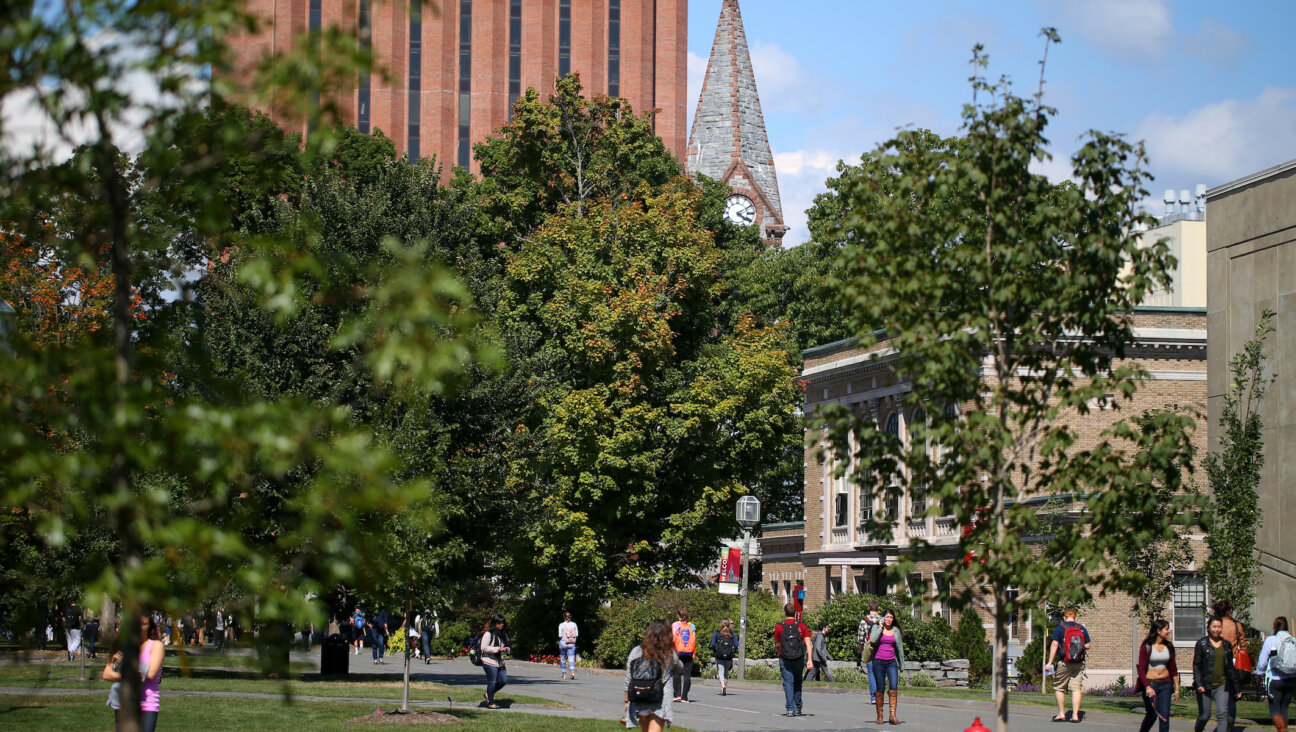
Fast Forward Betar ‘almost exclusively triggered’ former student’s detention, judge says
-

Fast Forward ‘Honey, he’s had enough of you’: Trump’s Middle East moves increasingly appear to sideline Israel
-
Shop the Forward Store
100% of profits support our journalism
Republish This Story
Please read before republishing
We’re happy to make this story available to republish for free, unless it originated with JTA, Haaretz or another publication (as indicated on the article) and as long as you follow our guidelines.
You must comply with the following:
- Credit the Forward
- Retain our pixel
- Preserve our canonical link in Google search
- Add a noindex tag in Google search
See our full guidelines for more information, and this guide for detail about canonical URLs.
To republish, copy the HTML by clicking on the yellow button to the right; it includes our tracking pixel, all paragraph styles and hyperlinks, the author byline and credit to the Forward. It does not include images; to avoid copyright violations, you must add them manually, following our guidelines. Please email us at [email protected], subject line “republish,” with any questions or to let us know what stories you’re picking up.







